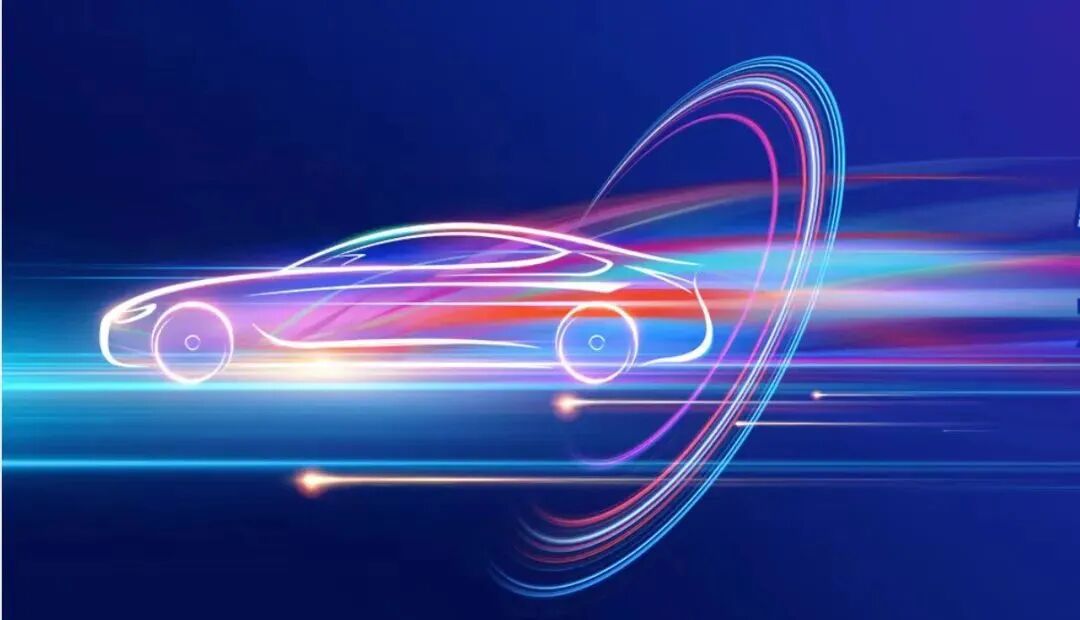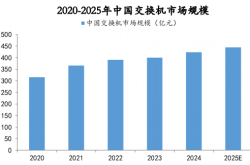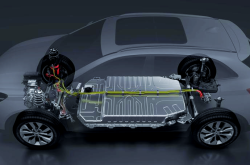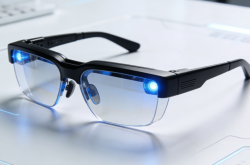The Profitability Turning Point for New Energy Vehicle Makers: Who Will Triumph in the Survival Battle?
![]() 09/05 2025
09/05 2025
![]() 631
631


This article is sourced from: Zhiche Technology
In the first half of 2025, the Chinese new energy vehicle (NEV) market has reached a pivotal juncture. Li Auto, Seres, and Leapmotor have all entered the ranks of profitable companies, while industry leaders like XPeng, Xiaomi, and NIO are intensifying their push toward the breakeven point. Although "second-generation automakers" (offshoots of traditional automakers) are making slower progress, their losses have narrowed significantly. "Profitability" has emerged as the latest criterion distinguishing different camps of new energy vehicle startups.
In this high-stakes survival race, the depth of research and development (R&D) and commercialization capabilities in autonomous driving technology are becoming the key factors determining the profitability cycle of these enterprises.
Technological Secrets of the Profitable Camp
Li Auto continues its profitability streak, with second-quarter financials revealing a net profit of 1.1 billion yuan. This marks 11 consecutive quarters of profitability, with a stable gross margin of 20.1%—a healthy range. Supporting this performance is its R&D strategy of "investing 100 million yuan every three days," with AI technologies, such as the VLA driver large model, accounting for an increasing share of its annual R&D investment exceeding 10 billion yuan. Behind the cumulative delivery of over 1 million units of the Li L series lies the commercial success of its intelligent driving system, which boasts a user payment rate of 35%. This confirms the willingness of the high-end market to pay for the value of intelligent driving.
Leapmotor has achieved "rapid profitability" with a net profit of 30 million yuan, serving as a model for the resurgence of the cost-effective route. Its success hinges on a 65% self-developed component rate under the "full-domain self-research" model, leading to a 14.1% year-on-year increase in gross margin. The purchase rate of the LiDAR version on its flagship model, the B10, exceeds 50%, indicating that Leapmotor has successfully transformed intelligent driving configurations into premium capabilities. More notably, among its 25,000 overseas export vehicles, 70% are equipped with a mapless intelligent driving solution. User surveys in the European market reveal that "autonomous driving capability" is the second most important factor in vehicle purchases.
Seres has demonstrated a "high-end intelligent driving breakthrough" path, with 76% of its product mix consisting of models priced above 350,000 yuan, driving a year-on-year net profit increase of up to 96.98%. The AITO M9, as the best-selling model in the 500,000 yuan price range, features a Huawei ADS 3.0 system with a highway pilot assist usage rate exceeding 90%, becoming the core of its differentiated competition. Seres's experience in exporting range-extender technology to 12 companies in 2024 proves that it has established a dual profit engine of "vehicle sales + technology licensing," closely tied to its modular R&D capabilities in intelligent driving systems.
Intelligent Driving Game Among Strivers
XPeng Motors has showcased a unique path of "technology-driven profitability," with a gross margin of 17.3% and 2.83 billion yuan in technical service revenue. In its collaboration with Volkswagen, the intelligent driving system solutions it provided contributed a gross margin of 60.1%, far exceeding the profitability level of its vehicle business. Among the 197,000 new vehicles delivered in the second quarter, 82% were equipped with the XNGP 4.0 system. The record-high monthly sales of 37,000 units in July confirm market recognition of its "full urban pilot assist coverage" technology label. He Xiaopeng's statement that "technological generational gaps drive scale growth" is being realized, with the end-to-end large model's iteration speed of once every two days serving as a technological guarantee for the eighth consecutive quarterly increase in gross margin.
Xiaomi Auto's average vehicle price of 253,600 yuan and a quarterly loss narrowing to 300 million yuan reveal the unique advantage of "ecosystem-empowered intelligent driving." The SU7 Ultra, equipped with Xiaomi's HyperOS Intelligent Driving Edition, achieves a highway scene takeover rate of 0.1 times per 1,000 kilometers through phone-vehicle computing power collaboration, outperforming the industry average by 40%. Xiaomi's planned launch of the urban NOA function in the second half of the year will leverage the 120 million POI data accumulated on its mobile phones. This cross-ecosystem collaboration capability may become the key to its profitability breakthrough.
NIO's profitability sprint faces the challenge of balancing "scale and premium positioning." Although its gross margin increased to 10.2% in the first quarter, achieving its fourth-quarter profitability goal requires selling 25,000 out of 50,000 monthly units from its LEAPDAO brand. The Shenji 9031 chip equipped in the LEAPDAO L90 brings a cost reduction of 10,000 yuan per vehicle, but the brand's low awareness results in intelligent driving feature recognition at only 60% of Li Auto's level. NIO's countermeasure is to accelerate the integration of battery swap stations and intelligent driving, planning to achieve full coverage of battery swap stations in 2,300 county-level administrative regions by the end of the year, enhancing user experience through optimized autonomous driving takeovers within the battery swap network.
Intelligent Driving Variables in Industry Reshuffling
Compared to the leading new energy vehicle startups, which are getting closer to their profitability goals, the "second-generation automakers" are progressing more slowly and are generally still in the stage of sales volume ramp-up, making profitability still challenging.
The divergence among "second-generation automakers" adds complexity to the industry. VOYAH Automobile's foundation for single-quarter profitability lies in the 92% user retention rate of its intelligent cockpit system, showcasing an experience advantage. Behind ZEEKR's 76.58% reduction in losses is the 80% generalization rate of intelligent driving hardware under the SEA architecture, achieving cost reduction. SHENLAN Auto has driven a 26.36% increase in its parent company's net profit excluding non-recurring gains and losses through the high-level intelligent driving configuration of its S09 model. These cases of traditional automaker transformations indicate that the integration capability of intelligent driving technologies is more critical than the absolute value of R&D investment.
Industry expert Fu Yuwu emphasizes that "profitability is key to survival," which takes on new meaning in the era of autonomous driving. Among the current gross margin differences among new energy vehicle startups, intelligent driving-related revenue contributions have reached 15%-25%, becoming the core factor driving divergence. Practices by autonomous driving companies such as WeRide show that L4 technology-based Robotaxi operations are nearing breakeven in specific cities, providing automakers with the imagination of "vehicle sales + mobility services."
He Xiaopeng's prediction of a "10 million-unit survival line in the next three years" is essentially a competition for the large-scale deployment of intelligent driving technologies. Li Auto's high-end intelligent driving route, Leapmotor's inclusive technology strategy, and XPeng's ecosystem collaboration model represent three profitability paths. However, their commonality lies in transforming autonomous driving from a cost item into a profit source. As the commercialization of L3-level intelligent driving accelerates, the technological weight in this profitability battle will continue to increase, ultimately determining the survival rights of new energy vehicle startups in the "postseason of automaking."
- The End -
Disclaimer:
Works marked as "Source: XXX (not Zhiche Technology)" in this official account are all reprinted from other media. The purpose of reprinting is to disseminate and share more information and does not represent this platform's endorsement of its views or responsibility for its authenticity. The copyright belongs to the original author. If there is any infringement, please contact us for deletion.








